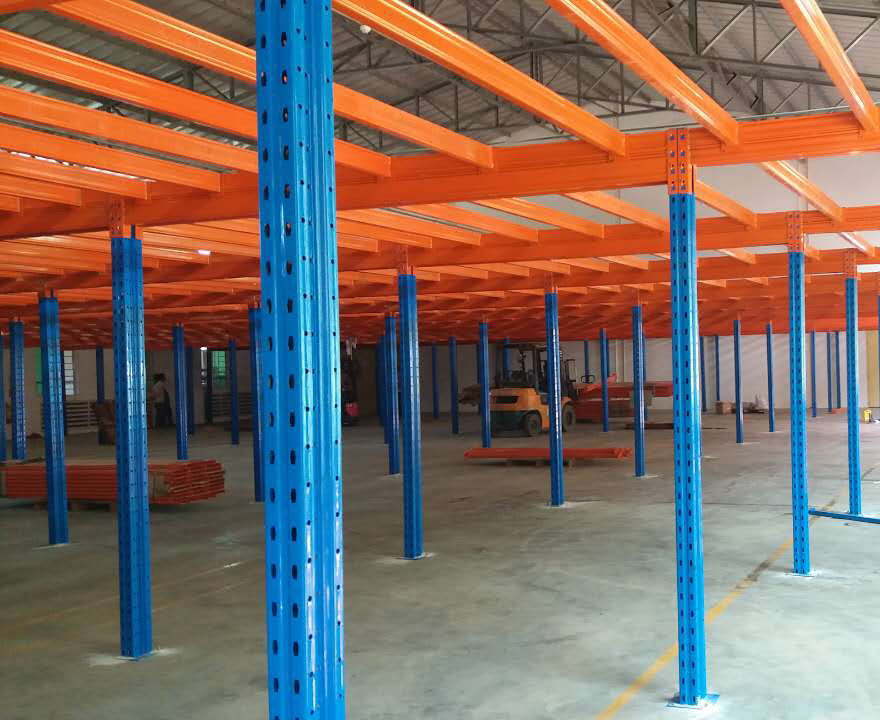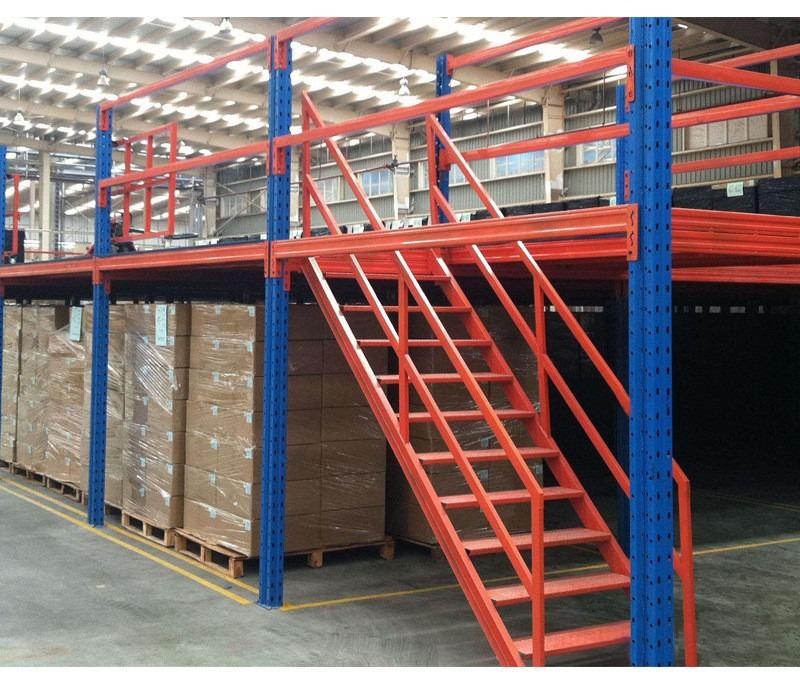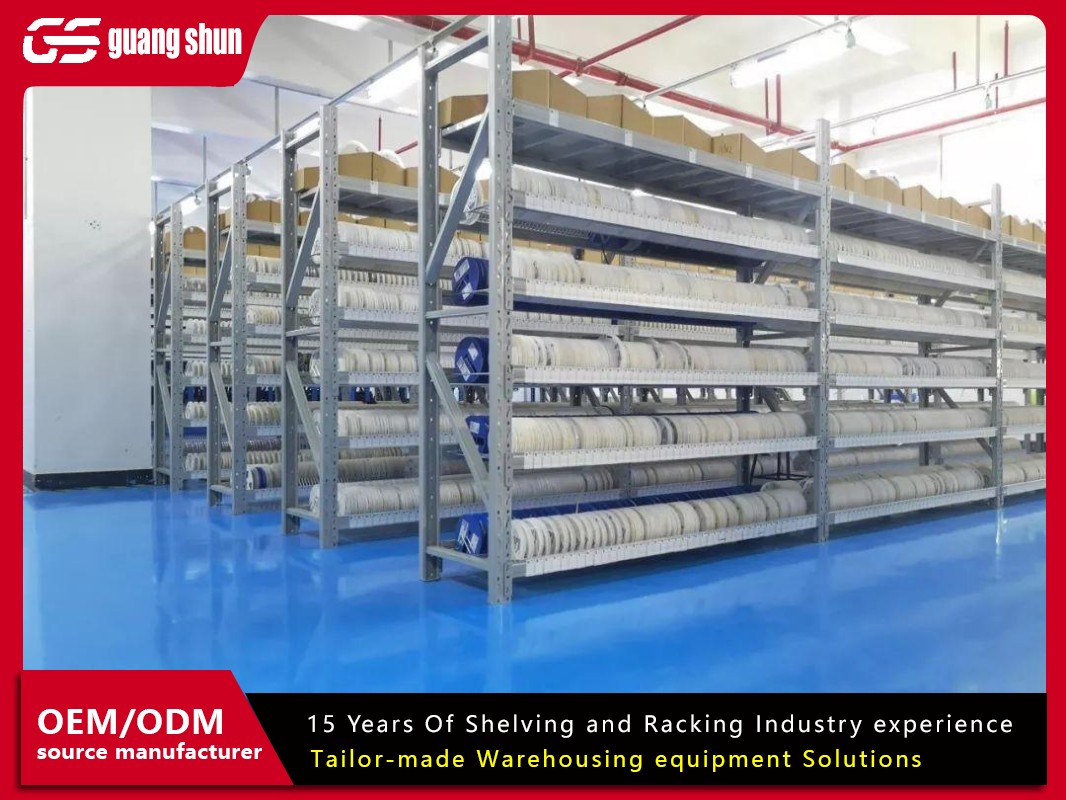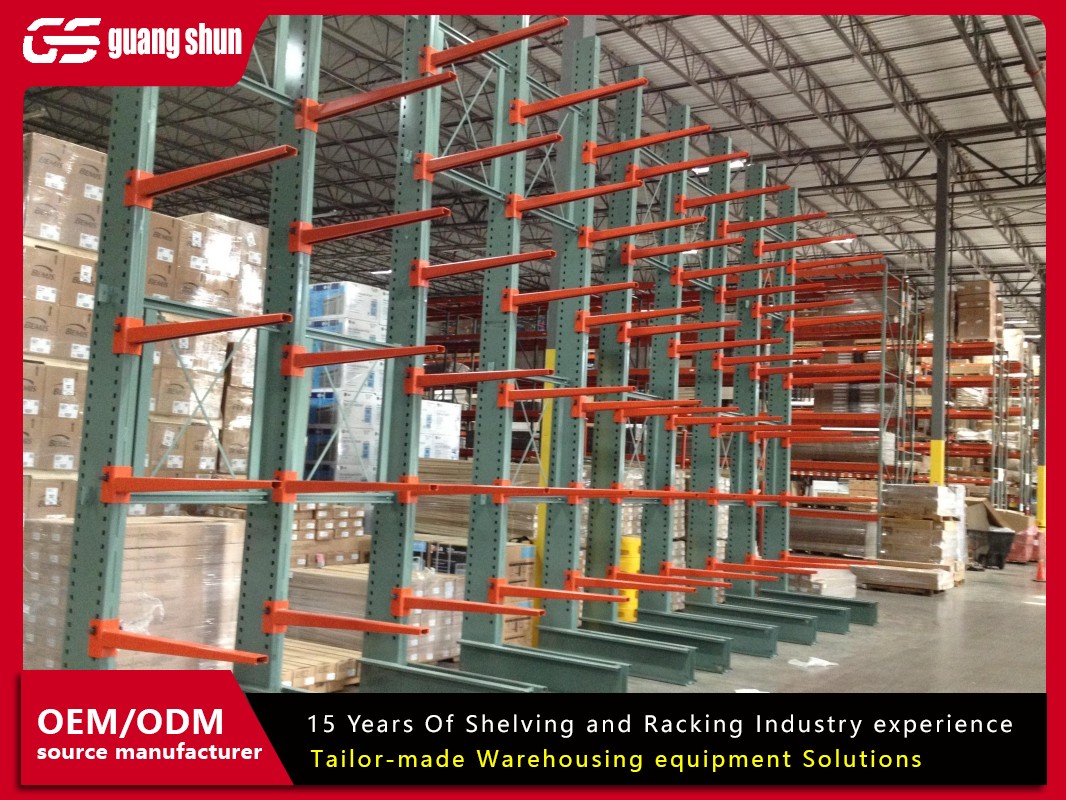When planning a warehouse setup or upgrade, one of the most pressing questions is: how much will the racking system cost? Warehouse racking cost isn't just a single number—it's a complex equation influenced by various factors, from the type of system you choose to installation and long-term maintenance. Getting a handle on these elements can save you thousands of dollars and prevent costly mistakes down the line. In this article, we'll break down the key components that determine your warehouse racking cost, offer practical insights to help you budget effectively, and highlight ways to optimize your investment without compromising on safety or efficiency. Whether you're a small business owner or managing a large distribution center, understanding these aspects will empower you to make informed decisions.

What Exactly Is Warehouse Racking Cost?
Warehouse racking cost refers to the total expense associated with purchasing, installing, and maintaining storage racking systems in a warehouse. This includes the initial price of the racks, any necessary accessories, professional installation fees, and ongoing costs like inspections and repairs. It's not just about the sticker price; it's about the total cost of ownership over the system's lifespan. For many businesses, warehouse racking cost is a significant part of their operational budget, impacting everything from storage capacity to workflow efficiency. By diving into the details, you can avoid surprises and ensure that your investment aligns with your storage needs and financial goals.
Key Factors That Influence Warehouse Racking Cost
Several elements play a role in determining your final warehouse racking cost. Let's explore the most critical ones:
Type of Racking System: The choice of system—such as selective pallet racking, drive-in racking, or cantilever racking—greatly affects the price. For instance, selective pallet racking is often more affordable upfront but might require more space, whereas high-density systems like push-back racking can be costlier but save on floor area. Each system has unique features that impact the overall warehouse racking cost, so it's essential to match the type to your inventory and operational needs.
Material and Durability: Racking systems are typically made from steel, with variations in grade and coating. Heavy-duty, galvanized steel racks tend to be more expensive but offer better longevity and load capacity. Cheaper alternatives might save money initially but could lead to higher maintenance costs or premature replacement, increasing the long-term warehouse racking cost.
Customization and Accessories: If your warehouse has unique dimensions or specific storage requirements, customization can drive up costs. Add-ons like safety nets, guard rails, or specialized beams also contribute to the total. While these enhancements improve safety and functionality, they should be factored into your budget to avoid underestimating the warehouse racking cost.
Installation Complexity: Professional installation is crucial for safety and compliance, but it can vary in price based on factors like warehouse layout, accessibility, and local labor rates. A simple setup might cost less, while complex installations involving mezzanines or high elevations can significantly increase the overall warehouse racking cost.
Scale and Volume: The size of your warehouse and the number of racks needed directly impact the cost. Bulk purchases often come with discounts, but larger projects require more materials and labor. It's a balancing act—investing in a scalable system might have a higher upfront warehouse racking cost but pay off in reduced future expansions.
Average Cost Ranges for Warehouse Racking
While prices can vary widely based on the factors above, here's a rough estimate to give you a ballpark figure. Basic selective pallet racking might start at around $50 to $150 per pallet position, while more advanced systems like automated storage and retrieval systems (AS/RS) can run into thousands per position. On average, a medium-sized warehouse might spend between $10,000 and $50,000 on a complete racking system, including installation. Remember, these are general figures; your actual warehouse racking cost will depend on local market conditions, supplier pricing, and specific project requirements. Always request detailed quotes to compare options and avoid hidden fees.

How to Reduce Your Warehouse Racking Cost Without Sacrificing Quality
Cutting costs doesn't mean compromising on safety or efficiency. Here are some practical strategies to manage your warehouse racking cost effectively:
Conduct a Needs Assessment: Before purchasing, analyze your inventory turnover, space utilization, and growth projections. This helps you avoid overbuying or choosing an overly complex system that inflates your warehouse racking cost unnecessarily.
Opt for Modular Designs: Modular racking systems allow for easy reconfiguration and expansion, reducing the need for complete replacements. This flexibility can lower long-term warehouse racking cost by adapting to changing business needs.
Source from Reputable Suppliers: While avoiding brand names, focus on suppliers with good reviews and certifications. They might offer competitive pricing and reliable products, which can prevent costly failures and keep your warehouse racking cost in check.
Prioritize Preventive Maintenance: Regular inspections and minor repairs can extend the life of your racks, avoiding major expenses down the road. This proactive approach is a smart way to control your overall warehouse racking cost.
Consider Used or Refurbished Options: For businesses on a tight budget, high-quality used racking can be a cost-effective alternative. Just ensure it meets safety standards to avoid compromising on performance.
The Role of Installation in Total Warehouse Racking Cost
Installation is often an overlooked aspect of warehouse racking cost, but it can make up 20-30% of the total expense. Factors like site preparation, labor hours, and compliance with local regulations all play a part. For example, if your warehouse has uneven floors or requires structural reinforcements, installation costs can soar. To manage this, get multiple quotes from experienced installers and discuss timelines upfront. A well-executed installation not only ensures safety but also optimizes your system's efficiency, making it a worthwhile investment in your overall warehouse racking cost.
Future-Proofing Your Investment: Trends Affecting Warehouse Racking Cost
As technology evolves, trends like automation and sustainability are shaping warehouse racking cost. Automated systems might have higher initial costs but can reduce labor expenses and improve accuracy over time. Similarly, eco-friendly materials and energy-efficient designs might come with a premium but offer long-term savings through incentives and durability. Staying informed about these trends can help you make strategic decisions that balance upfront warehouse racking cost with future benefits.
In summary, warehouse racking cost is a multifaceted topic that requires careful consideration of various elements. By understanding the factors involved, you can make smarter choices that align with your budget and operational goals. If you're in the planning stages, take the time to research and consult professionals to ensure your investment pays off.
Frequently Asked Questions (FAQ)
Q1: What is the average warehouse racking cost for a small business?
A1: For a small business, the average warehouse racking cost can range from $5,000 to $20,000, depending on the system type and scale. Basic selective racking is often the most affordable option, but it's crucial to factor in installation and any customizations to get an accurate estimate.
Q2: How can I estimate my warehouse racking cost accurately?
A2: To estimate your warehouse racking cost accurately, start by measuring your available space and inventory needs. Then, request quotes from multiple suppliers, including details on materials, installation, and potential add-ons. Don't forget to account for long-term maintenance and possible expansions.
Q3: Are there hidden costs associated with warehouse racking cost?
A3: Yes, hidden costs can include site preparation, permits, safety inspections, and ongoing maintenance. These are often overlooked but can significantly impact the total warehouse racking cost. Always ask for a comprehensive breakdown in quotes to avoid surprises.
Q4: What is the most cost-effective type of racking system?
A4: Selective pallet racking is generally the most cost-effective for standard warehouses due to its simplicity and versatility. However, if you have high-density storage needs, systems like drive-in racking might offer better value by maximizing space, though they could have a higher initial warehouse racking cost.
Q5: How often should I budget for maintenance to control warehouse racking cost?
A5: It's recommended to budget for annual inspections and minor repairs, which might cost a few hundred dollars depending on the system size. Regular maintenance helps prevent major issues, ultimately reducing your long-term warehouse racking cost and ensuring safety compliance.







